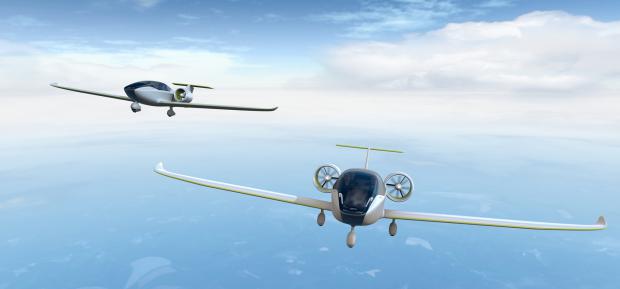
Breaking News
 Trump pardons Mets legend, 'Celebrity Apprentice' alum Darryl Strawberry over tax evasion co
Trump pardons Mets legend, 'Celebrity Apprentice' alum Darryl Strawberry over tax evasion co
 You WON'T BELIEVE How Much Money We're REALLY Sending To Israel!
You WON'T BELIEVE How Much Money We're REALLY Sending To Israel!
 China CANCELS U.S. Soybean Order?! Joel Salatin
China CANCELS U.S. Soybean Order?! Joel Salatin
 Ep 38 Jonathan Haidt: on The Anxious Generation: Childhood in Social Media Age & Fragile College ...
Ep 38 Jonathan Haidt: on The Anxious Generation: Childhood in Social Media Age & Fragile College ...
Top Tech News
 HUGE 32kWh LiFePO4 DIY Battery w/ 628Ah Cells! 90 Minute Build
HUGE 32kWh LiFePO4 DIY Battery w/ 628Ah Cells! 90 Minute Build
 What Has Bitcoin Become 17 Years After Satoshi Nakamoto Published The Whitepaper?
What Has Bitcoin Become 17 Years After Satoshi Nakamoto Published The Whitepaper?
 Japan just injected artificial blood into a human. No blood type needed. No refrigeration.
Japan just injected artificial blood into a human. No blood type needed. No refrigeration.
 The 6 Best LLM Tools To Run Models Locally
The 6 Best LLM Tools To Run Models Locally
 Testing My First Sodium-Ion Solar Battery
Testing My First Sodium-Ion Solar Battery
 A man once paralyzed from the waist down now stands on his own, not with machines or wires,...
A man once paralyzed from the waist down now stands on his own, not with machines or wires,...
 Review: Thumb-sized thermal camera turns your phone into a smart tool
Review: Thumb-sized thermal camera turns your phone into a smart tool
 Army To Bring Nuclear Microreactors To Its Bases By 2028
Army To Bring Nuclear Microreactors To Its Bases By 2028
 Nissan Says It's On Track For Solid-State Batteries That Double EV Range By 2028
Nissan Says It's On Track For Solid-State Batteries That Double EV Range By 2028
Want Electric Airplanes?

hen the all-electric Solar Impulse 2 touched down in Abu Dhabi last summer after an around-the-world voyage, it trumpeted a future of fossil fuel-free flight. Now, André Borschberg, the Swiss entrepreneur and pilot who launched the mission, has returned to the stage, ready to realize that vision. Last week, he announced the launch of his new company, called H55, and revealed its first aircraft, the Aero1.
Compared to the Solar Impulse 2, which matched the wingspan of a 747 and could stay aloft for days on end, this new plane feels like a letdown. It's not a new design, but a retrofit of a one-seat aerobatic flyer. It doesn't have any solar panels, just batteries in its fuselage and wings. It doesn't promise to transform mobility, like the vertical takeoff and landing (VTOL) "flying cars" Uber wants to deploy.
But Borschberg didn't design the Aero1 to elicit oohs and ahs. He made it to show that when it comes to developing practical, usable electric aircraft, you go with what's most realistic.

 Carbon based computers that run on iron
Carbon based computers that run on iron

